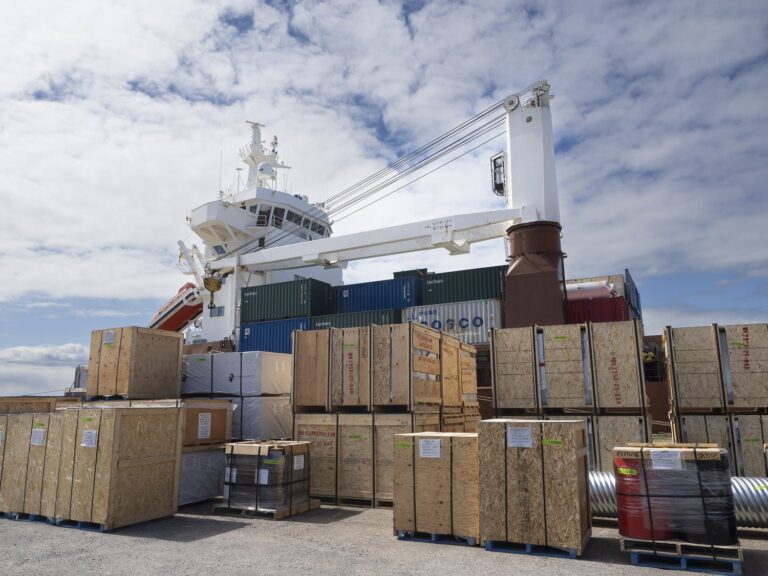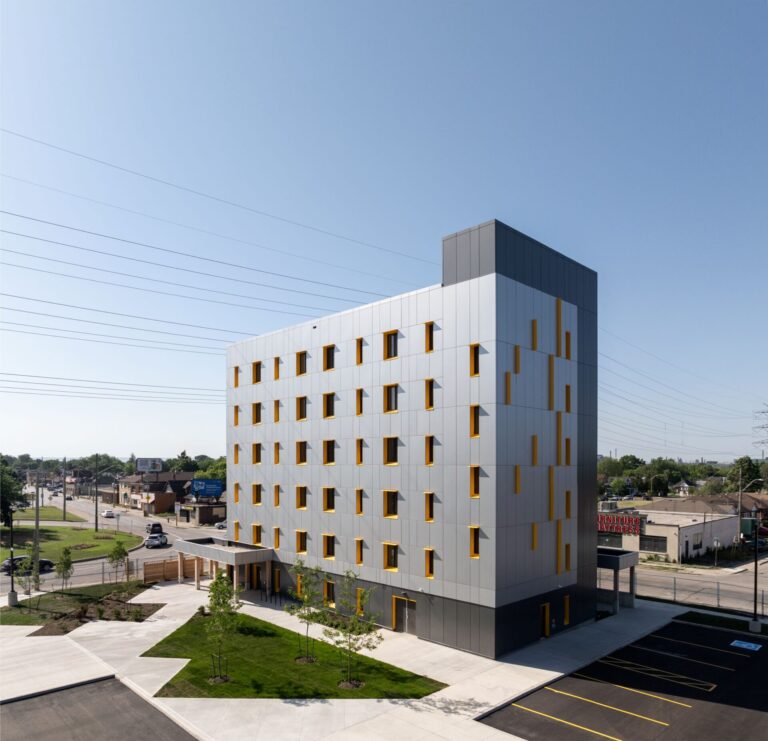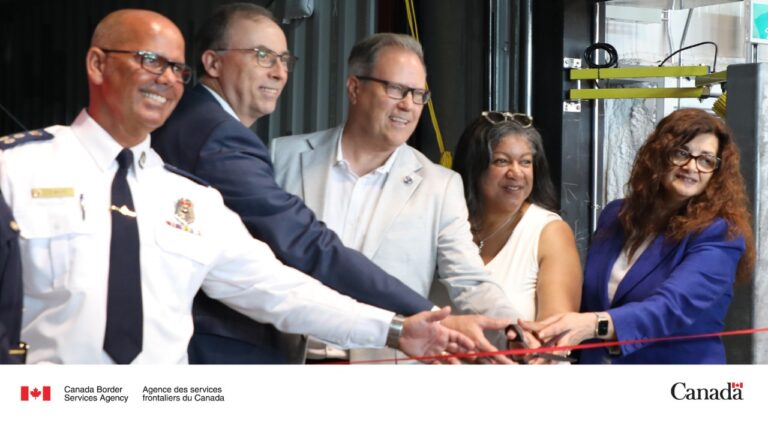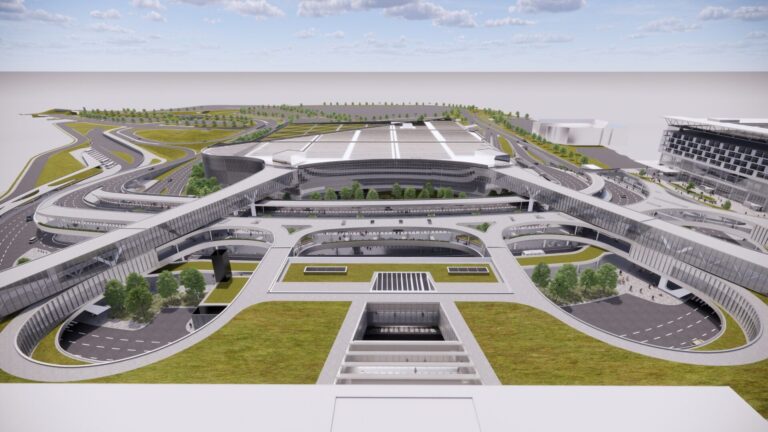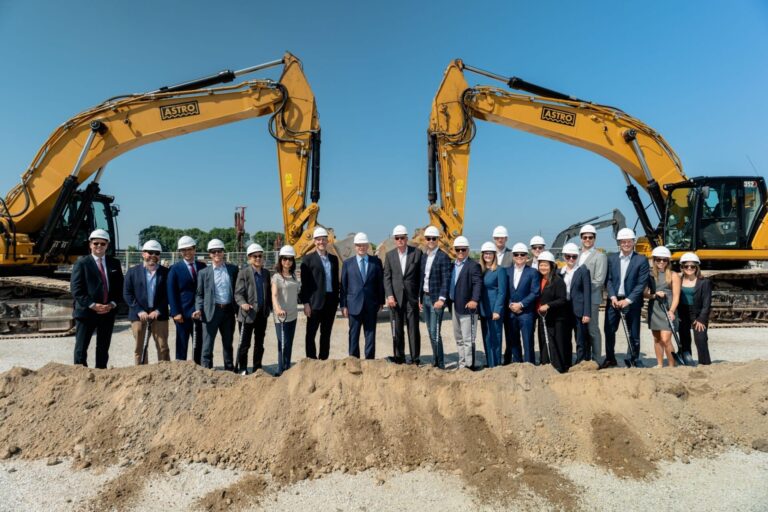Following several rounds of public consultation and stakeholder engagement, the National Capital Commission’s (NCC) Board of Directors announced it has approved the Long-Term Integrated Interprovincial Crossings Plan.
Along with providing a vision and strategies for the interprovincial movement of people and goods over the next 30 years, the plan also recommends that long-term decision making and infrastructure investments are more sustainable, equitable and environmentally sensitive, while promoting a more livable and prosperous region.
The plan also includes directions and initiatives that will be monitored over the following broad timelines.
Short-term (0–5 years):
- Actions that quickly move toward achieving the plan’s vision and objectives. Examples include:
- Increasing the supply of electric vehicle charging stations and adopting a zero-emission fleet for federal vehicles.
- Expanding cycling initiatives along key interprovincial routes.
- Initiating a joint regional truck route and goods movement study.
- Expanding programs to encourage sustainable transportation at federal workplaces.
- Working with partners to implement the national capital travel survey in 2022.
Medium-term (5–10 years):
- Actions that require longer-term decision making or capital investment and to shift behaviours. Examples include:
- Identifying opportunities to improve the integration of the interprovincial transit system and service.
- Exploring the coordination of interprovincial mobility sharing programs (i.e. e-scooters, bike sharing and so on).
- Encouraging the use of zero-emission vehicles.
- Exploring ways to encourage a transition to low-carbon / smaller vehicles for goods movement.
Long-term (beyond 10 years):
- Actions where implementation requires further study, or where the strategy may be influenced by the short- or medium-term initiatives. Examples include:
- Implementing an interprovincial transit loop within the core area to strengthen connectivity.
In terms of investing in new interprovincial infrastructure, key findings indicate the following:
- A high-capacity transit-only crossing in the core area would improve connectivity and greatly increase the ability to move people.
- A new crossing would provide an opportunity to divert most interprovincial heavy trucks not destined for the core area if combined with municipal measures to remove Rideau Street and King Edward Avenue from the truck route system.
Featured image: Alexandra Bridge (National Capital Commission)




